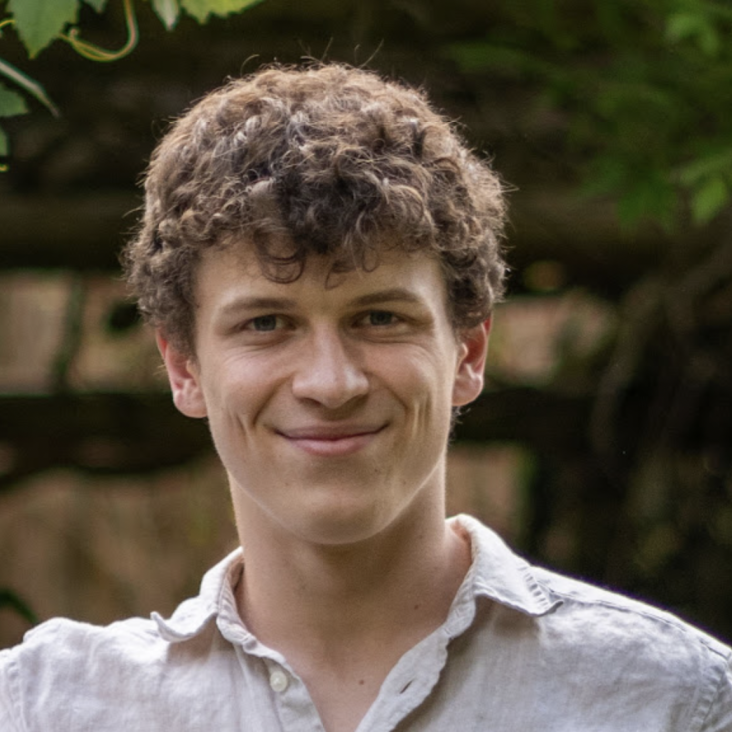Flavoured jets with exact anti-kt kinematics and tests of infrared and collinear safety
ArXiv 2306.07314 (2023)
Abstract:
We propose extensions of the anti-kt and Cambridge/Aachen hierarchical jet clustering algorithms that are designed to retain the exact jet kinematics of these algorithms, while providing an infrared-and-collinear-safe definition of jet flavour at any fixed order in perturbation theory. Central to our approach is a new technique called Interleaved Flavour Neutralisation (IFN), whereby the treatment of flavour is integrated with, but distinct from, the kinematic clustering. IFN allows flavour information to be meaningfully accessed at each stage of the clustering sequence, which enables a consistent assignment of flavour both to individual jets and to their substructure. We validate the IFN approach using a dedicated framework for fixed-order tests of infrared and collinear safety, which also reveals unanticipated issues in earlier approaches to flavoured jet clustering. We briefly explore the phenomenological impact of IFN with anti-kt jets for benchmark tasks at the Large Hadron Collider.
Leveraging universality of jet taggers through transfer learning
The European Physical Journal C volume 82, Article number: 564 (2022)
Abstract:
A significant challenge in the tagging of boosted objects via machine-learning technology is the prohibitive computational cost associated with training sophisticated models. Nevertheless, the universality of QCD suggests that a large amount of the information learnt in the training is common to different physical signals and experimental setups. In this article, we explore the use of transfer learning techniques to develop fast and data-efficient jet taggers that leverage such universality. We consider the graph neural networks LundNet and ParticleNet, and introduce two prescriptions to transfer an existing tagger into a new signal based either on fine-tuning all the weights of a model or alternatively on freezing a fraction of them. In the case of W-boson and top-quark tagging, we find that one can obtain reliable taggers using an order of magnitude less data with a corresponding speed-up of the training process. Moreover, while keeping the size of the training data set fixed, we observe a speed-up of the training by up to a factor of three. This offers a promising avenue to facilitate the use of such tools in collider physics experiments.


